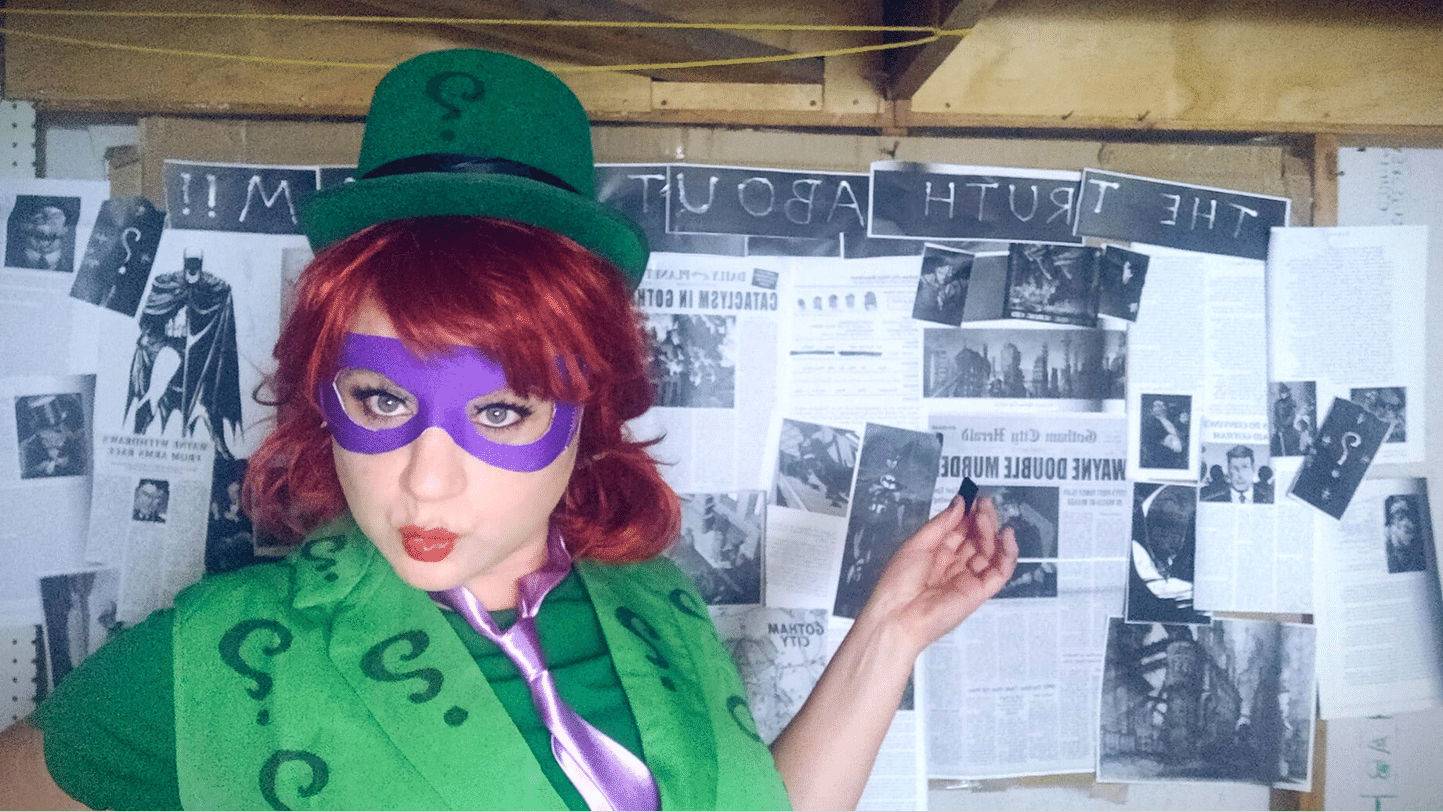She almost dropped out of school to become a hairdresser but instead rose above dyslexia and shyness to follow her heart into a world of graphic design, art, and feature films. We talked to Monique O’Halloran about her way into the visual effects industry, her love of all things Batman, and how her mother, Tim Burton, and Neil Gaiman inspired her to fully embrace her own quirkiness and creativity.
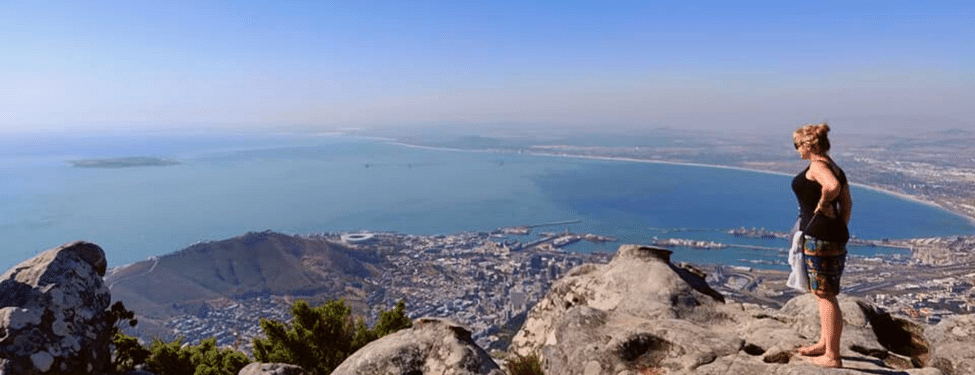
Tell us a bit about yourself and your background.
Born and raised in Sydney, I am half-Australian and half-German. I had a very colourful childhood as my mother was a well-established hairdresser who owned three salons, which I often worked in during my youth. My father was a robotics engineer working for Warner Bros. Movie World, which led to The Looney Tunes becoming a big part of my childhood, and I have an older sister who works as a Physical Education teacher. I am really into sports, art, and film, and I love to travel.
I recently returned to Sydney after working overseas for the last three years, which was an amazing life experience.

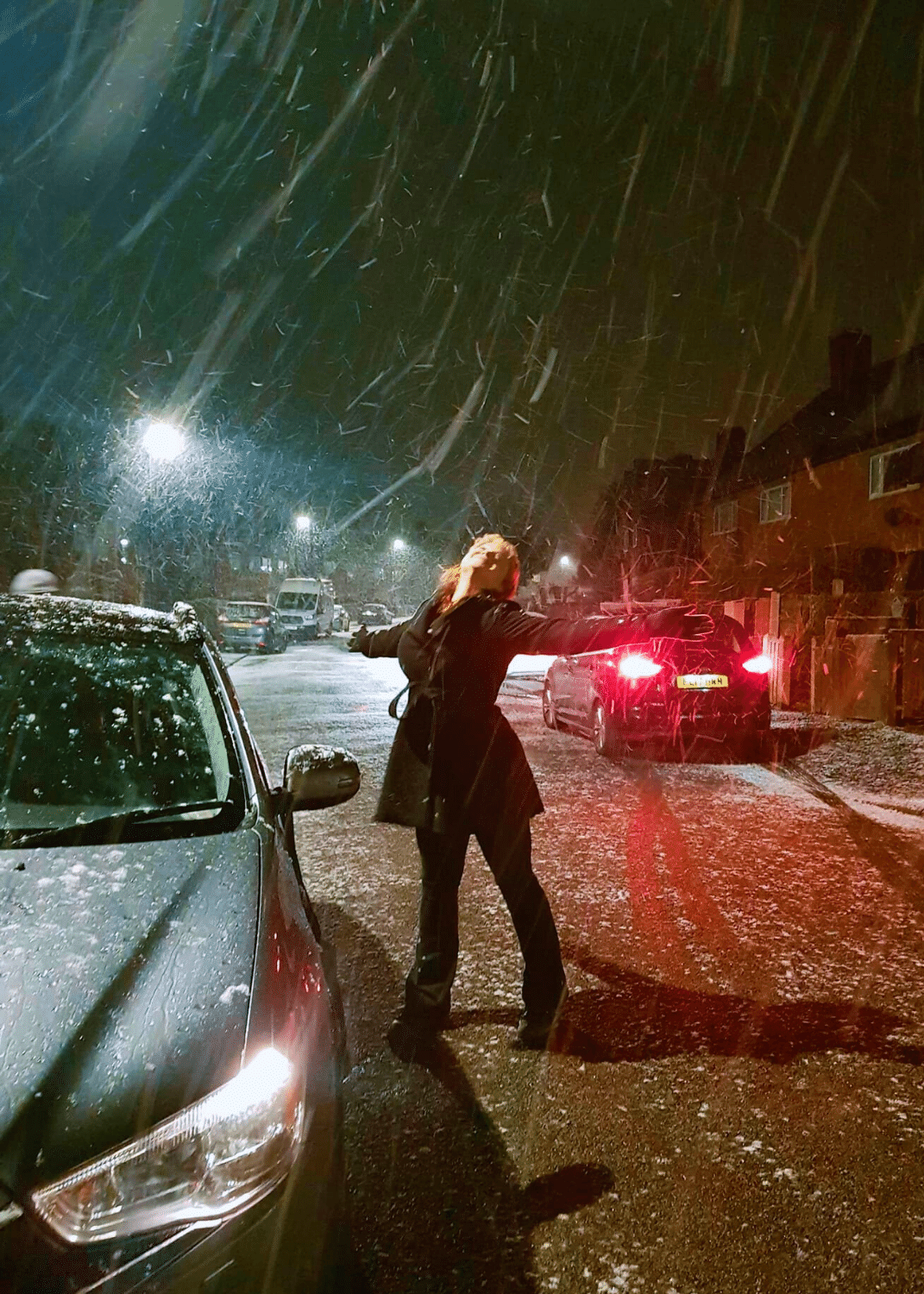
What was your path into the visual effects industry?
If I had been told in high school that in the future I would be working in the film industry doing VFX at Industrial Light & Magic, I wouldn’t have believed you.
Originally my plan was to drop out of school and become a hairdresser due to my experience working in the salon being the only thing I thought I had to offer. When I was in high school the careers they suggested to us were teaching, nursing and being a secretary. None of these appealed to me as I wanted to do something more creative.
Art was always my favourite subject in school to the point that just before the end of Year 10 when I was going to leave, I got a scholarship to study at the National School of Art as part of my HSC, so I stayed on to do that. After leaving school, worrying that I would never be able to work as a full-time artist, I studied for an Advanced Diploma in Graphic Design. Ironically after graduating, I landed my first big job as the head 2D illustrator at a medical company, creating images and diagrams of the human body for health products. In 2010, in response to the industry push towards 3D in art and design, I enrolled in the Academy of Interactive Entertainment to study for an Advanced Diploma in 3D Animation and Visual Effects.
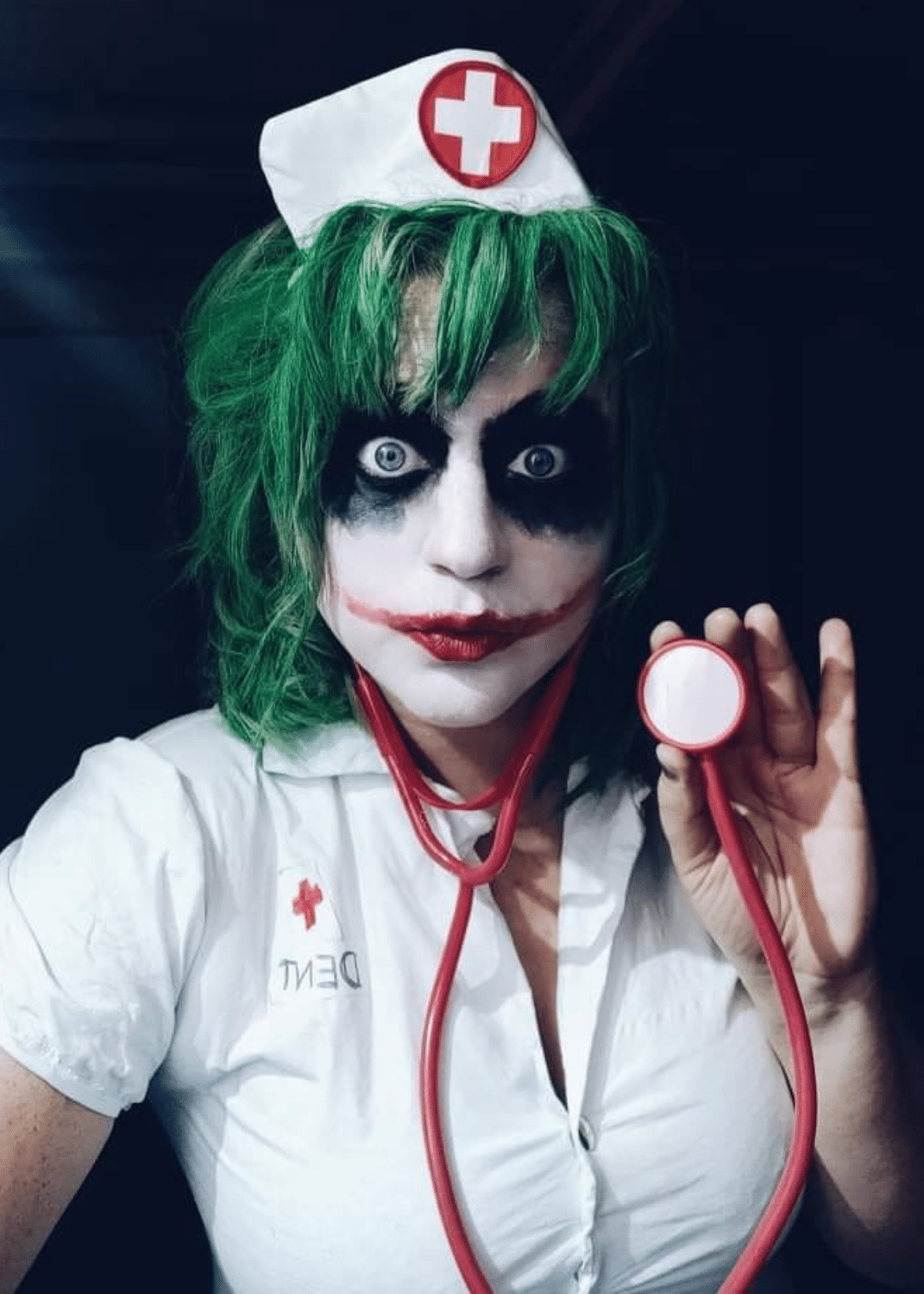
During this time, my teacher asked if I had ever thought about getting into compositing, considering my art and graphic design background. This would later lead to me enrolling in a roto training course. I started in the industry as a roto artist and then worked my way towards becoming a successful compositing artist.
What does a compositor do at ILM?
A compositor is the last stage of the visual effects pipeline. This means we collect all the assets from other departments, including computer-generated images (CG), matte paintings and special effects (FX), re-working them to match seamlessly to what was shot on set. Problem-solving plays a huge part in a compositor’s role, as this is the last stage where any issues with the shot can be fixed. We have to identify any issues, figure out a way to fix the problem, and create anything we may need to make the shot look more believable and natural to the human eye
Name three key skills all compositors should have:
An eye for detail, a good understanding of photography with camera knowledge and colour theory.
Is there anything that has surprised you about the VFX industry?
The people! When I started, I was like, wow, I have found my people. Similar to me, they were lovers of film, artistic and some sporty too. I have met so many amazing people in this industry.
What is your favourite part of your job?
The social aspect of working in a team, collaborating and learning from one another to create a beautiful moving image. Growing up, I played basketball as a Junior Representative for Sydney, so to be able to be in a strong team at work means a lot to me.
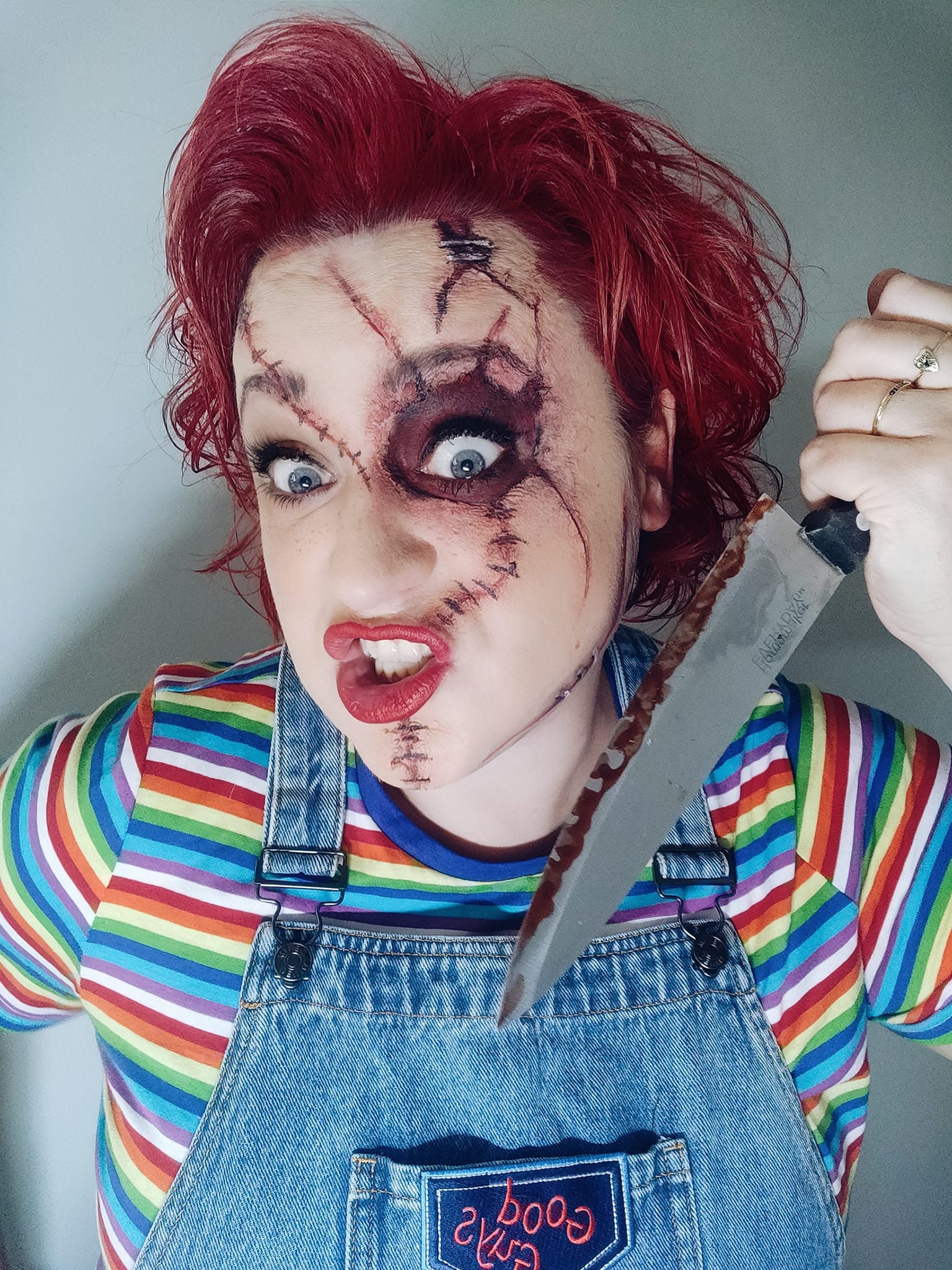
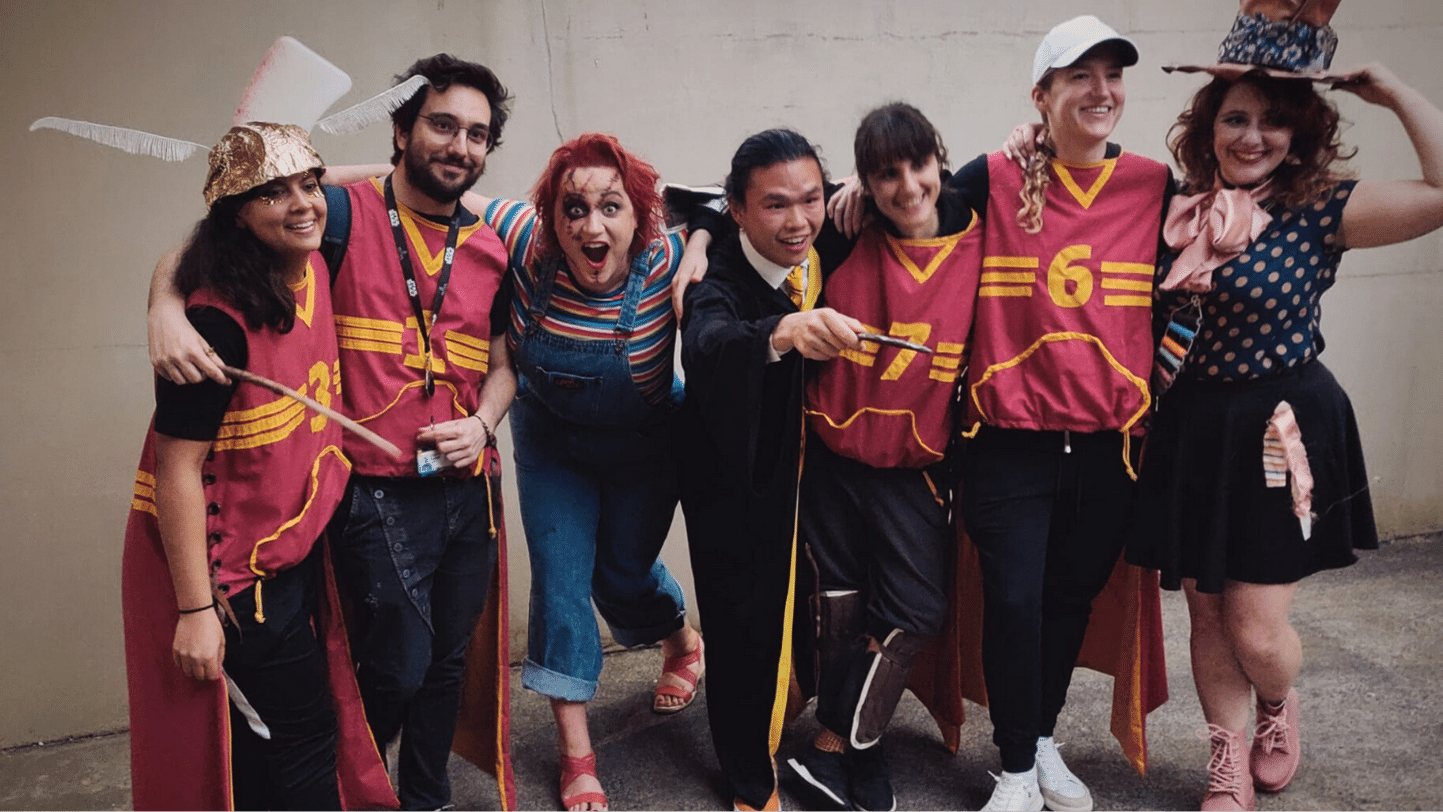
What makes Industrial Light & Magic special in your eyes?
Its impressive history, starting in 1975 and its development of such a strong reputation across the industry. ILM’s involvement across so many genres makes each project exciting and fun, as each one is so different from the one before.
Can you tell us a bit about the work culture at ILM’s Sydney studio?
It really encourages diversity. People are very welcoming and support each other, which is fantastic to see. Respect, fairness, trust and integrity are all very important concepts at ILM and they help create a happy and healthy workplace for everyone.
Do you have a favourite movie/shot/sequence that you have worked on?
The Batman! I am a huge Batman fan, so being able to work on this film with such a great team was a huge highlight.

Proudest career moment(s)?
Working on the Australian film Swinging Safari in 2017. I got to work directly with the director Stephan Elliott, who really liked my surreal ideas when creating the look development for a fireworks scene. My team was also invited to the film’s red carpet premiere and after-party, where we met the actors from the movie. It was an incredible experience to get invited to such a huge event.
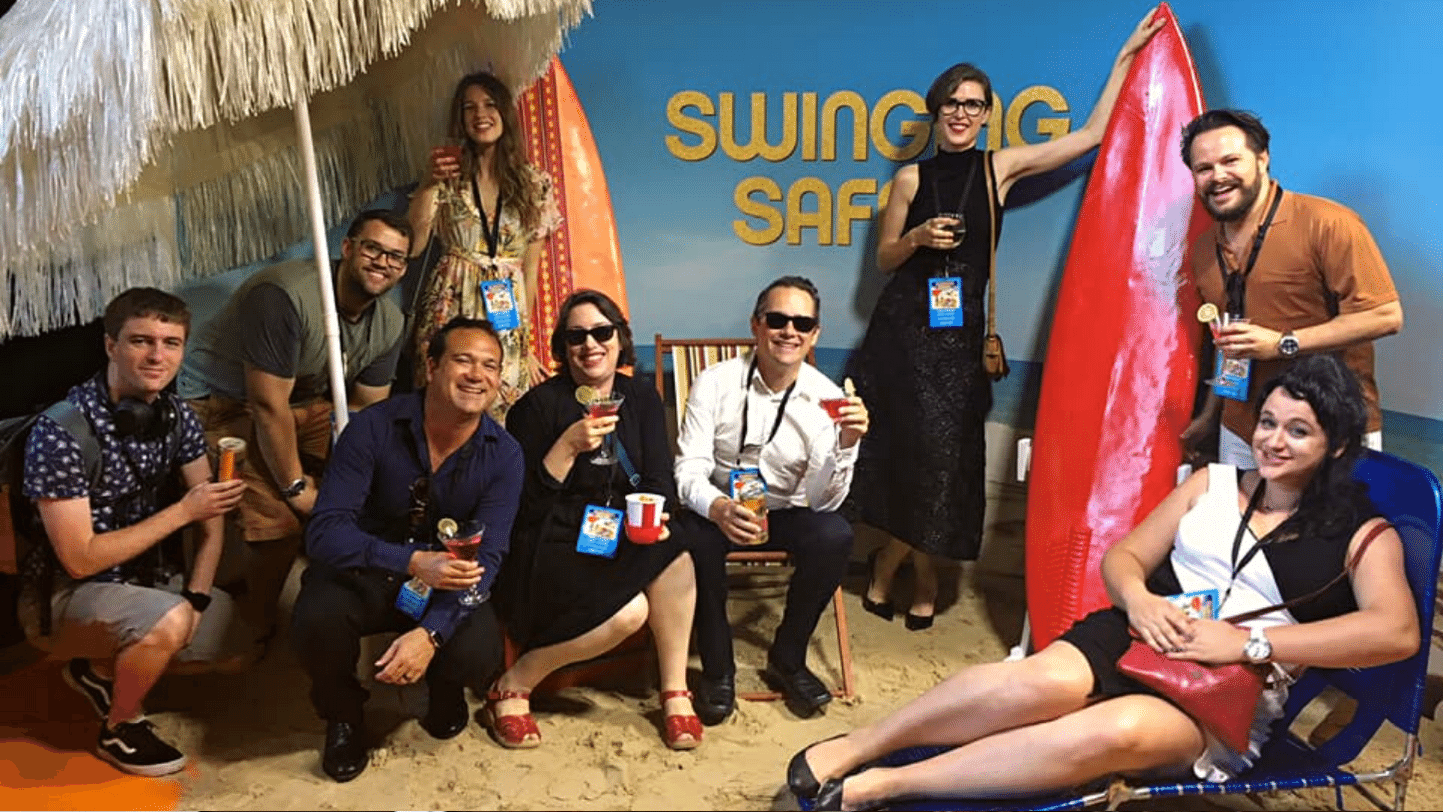
What excites you the most about the VFX industry?
That technology is always growing and improving. Seeing how much has changed in the industry over the last 40 years is mind-blowing.
Who have been your biggest mentors or inspiration professionally?
My mother, Marie O’Halloran. A successful hairdresser and businesswoman, a single mother who, in her free time was involved in helping the community through her Rotary club.
She was the life of the party, a fighter and was always my number-one fan. I was blessed to grow up having such a strong loving female role model, reminding me life is too short to not enjoy.
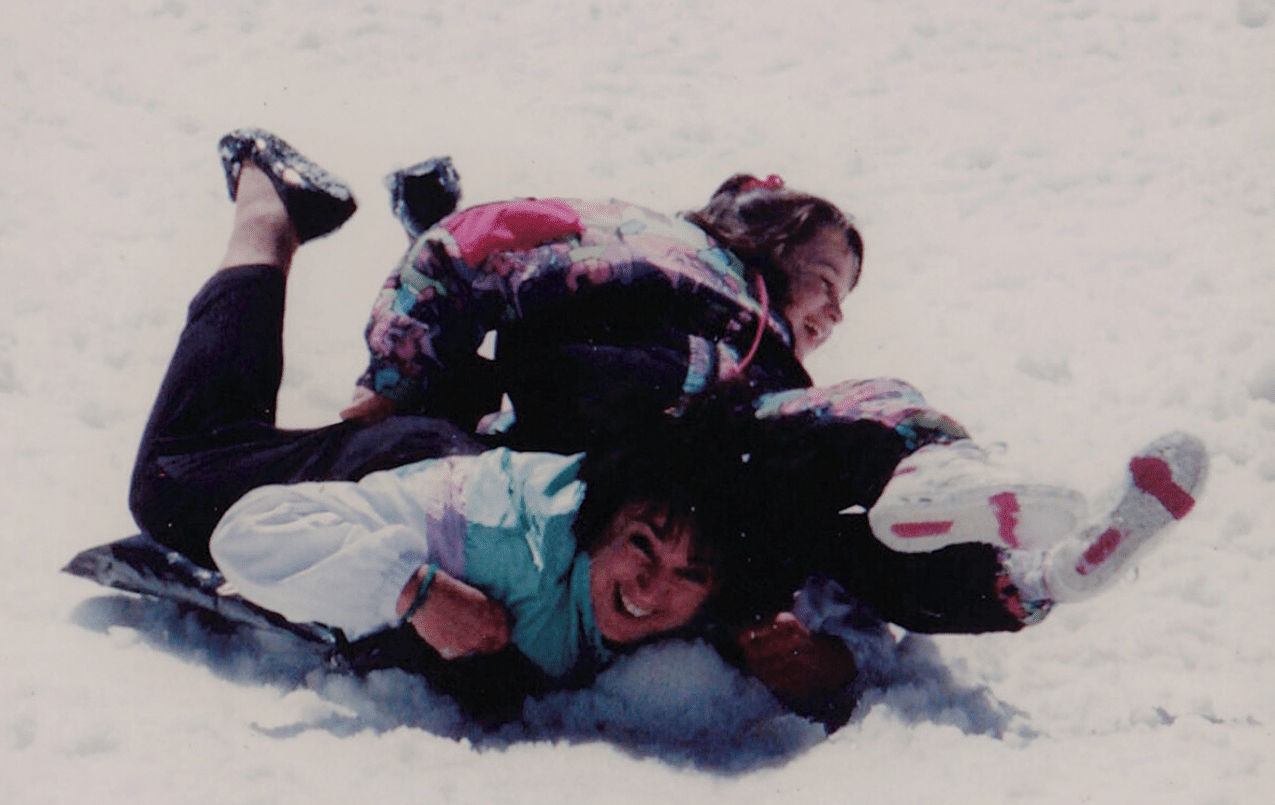
She strongly supported my move into film but sadly passed away in 2010, while I was studying at A.I.E and unfortunately never got to see me make it into the industry… but she is what has driven me to get to where I am today.
Tim Burton.
I grew up watching his films, Beetlejuice was our family favourite. I always loved his strong sense of style and how he put his own experiences into his work, making you feel proud to be different. One of my career dreams is to one day be able to work on a Tim Burton film in honour of my mother.
Neil Gaiman is also a huge mentor. When I was starting out in the industry he did a speech at Philadelphia’s University of the Arts in May 2012, called “Make Good Art” in which he shared his thoughts about creativity, bravery, and strength during some of the hard times in life. I found this speech so inspirational and was fortunate to meet him one day in the office at my previous workplace. When everyone else had copies of The Sandman for him to sign, I had an illustrated version of his speech and told him how much it meant to me, which he thought was wonderful.
Have you had to overcome anything to be where you are today?
I was born with hearing issues, and due to this, I underwent quite a few operations in my childhood. This made school a bit of a challenge, especially as I am also dyslexic. As a result, I was a very shy child and a bit of a misfit. Since then, I have gained confidence by learning to accept who I am. Because of this, I am now well-known for being very social and happy at work.
If you could choose one superpower, what would it be?
To pause time and enjoy life’s beauty more.
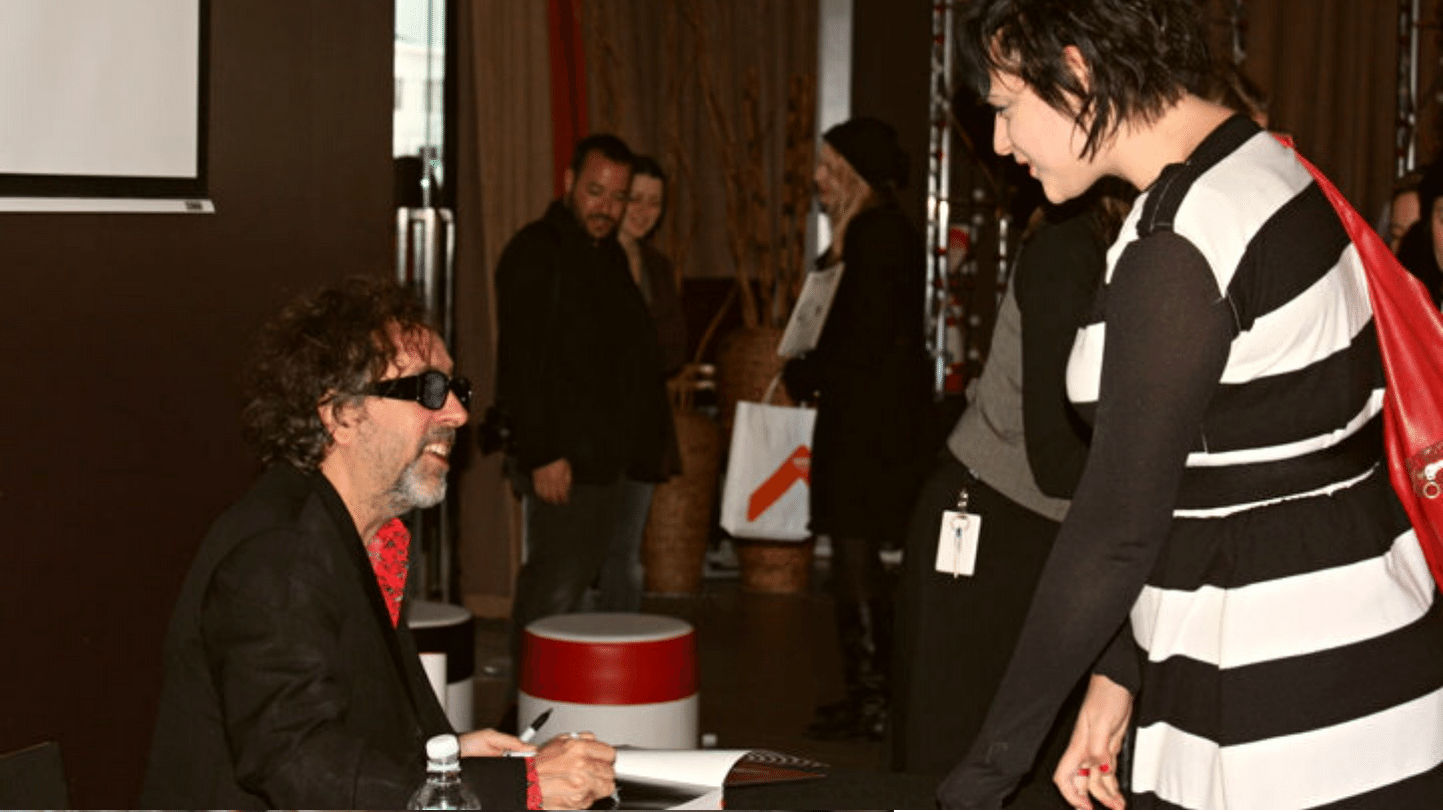
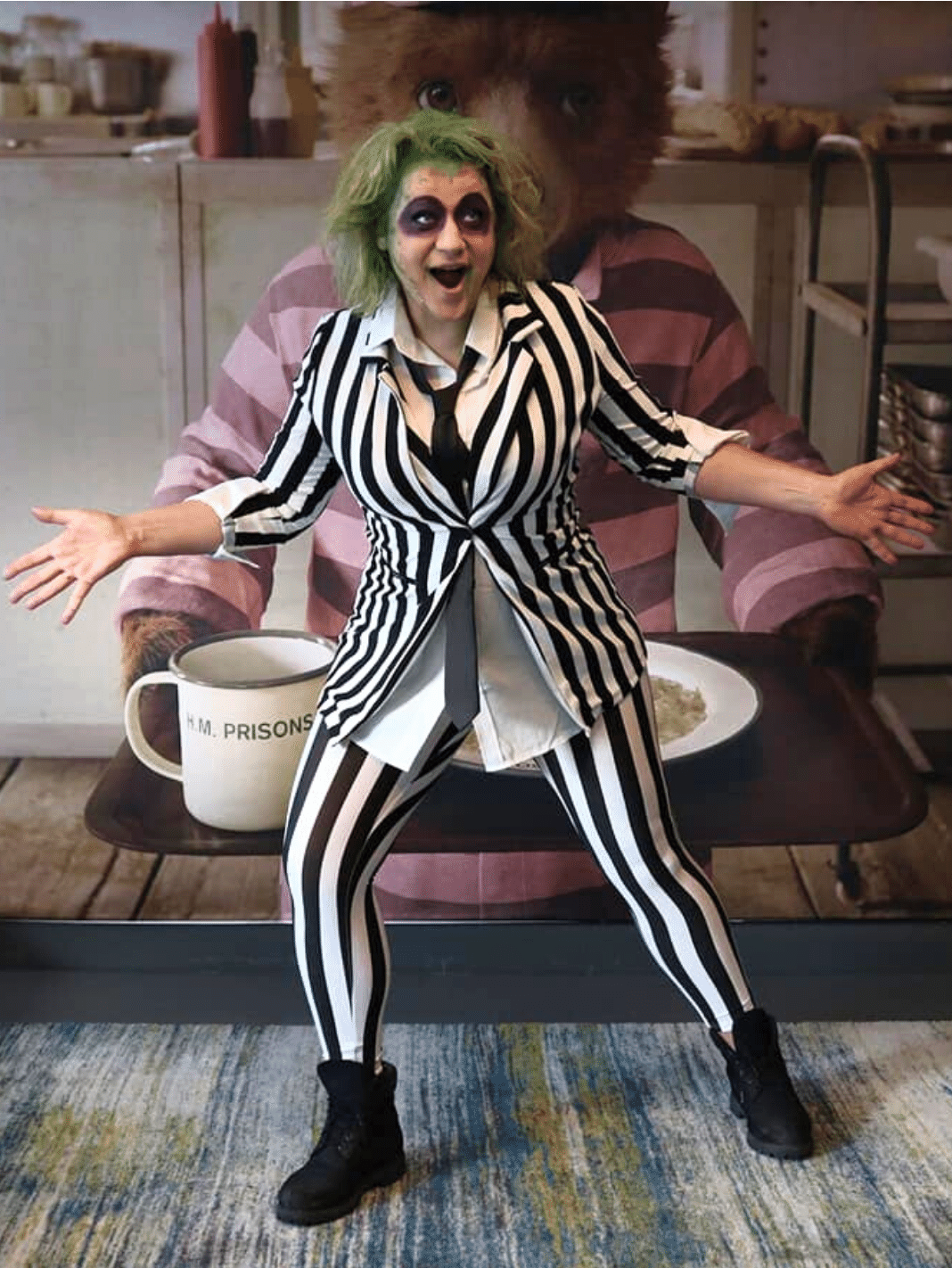
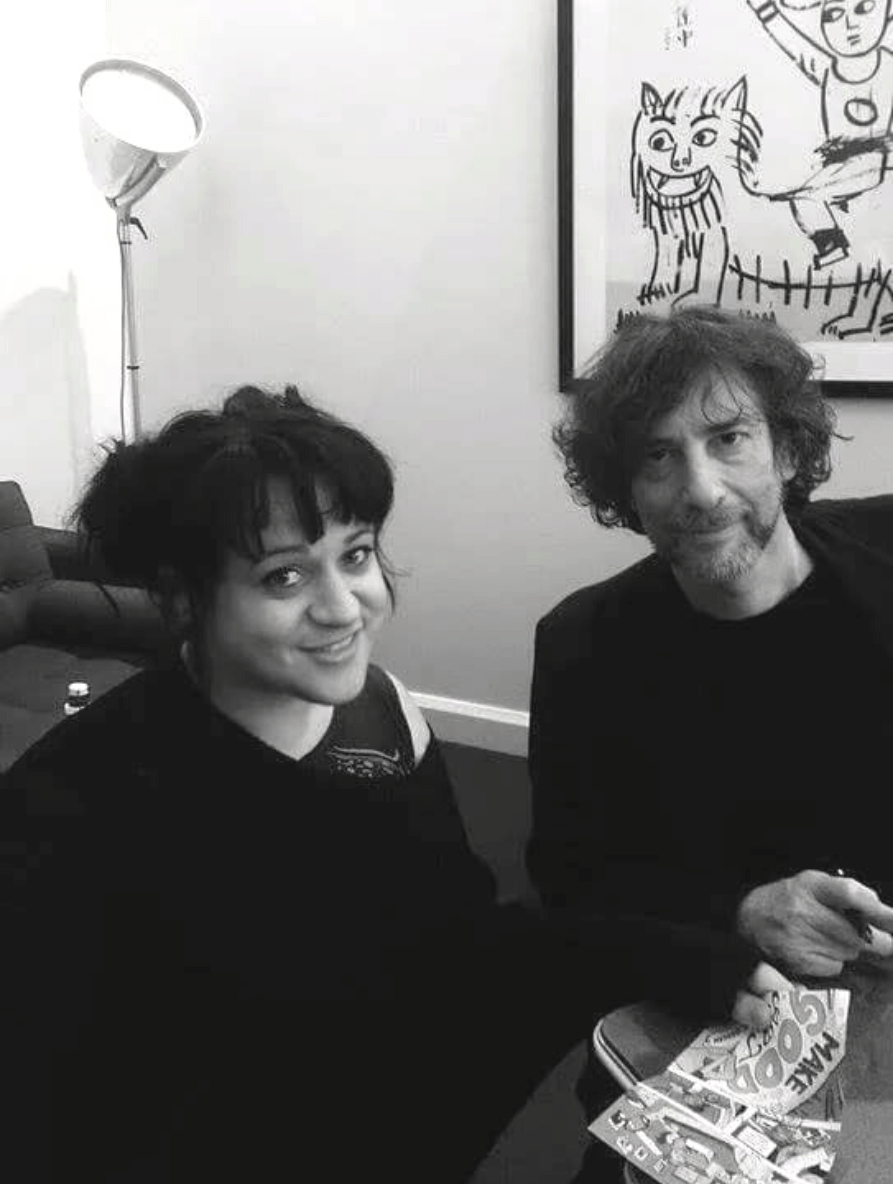
What is your biggest passion outside of work?
Art. I still like to draw and get my hands dirty with paint and clay outside of work. I am also really into old-school hair and makeup effects, so I enjoy a chance for good cosplay every now and again.
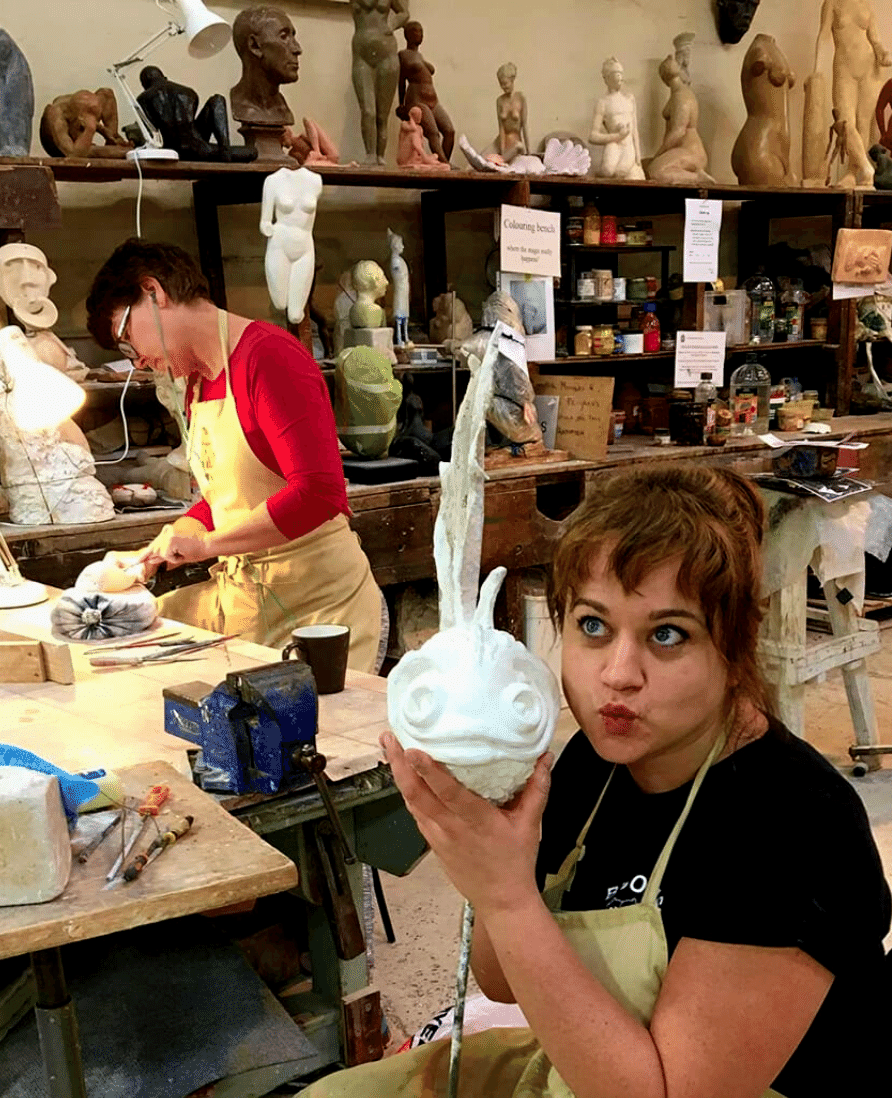
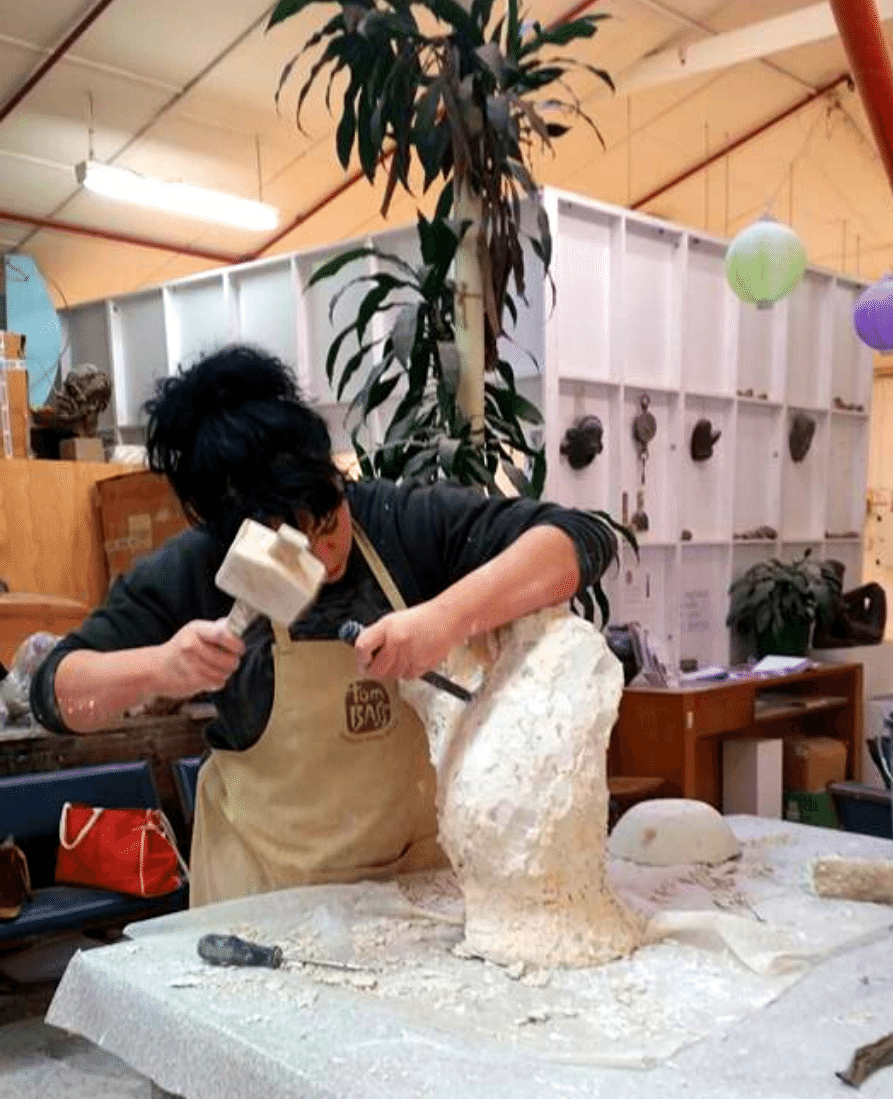
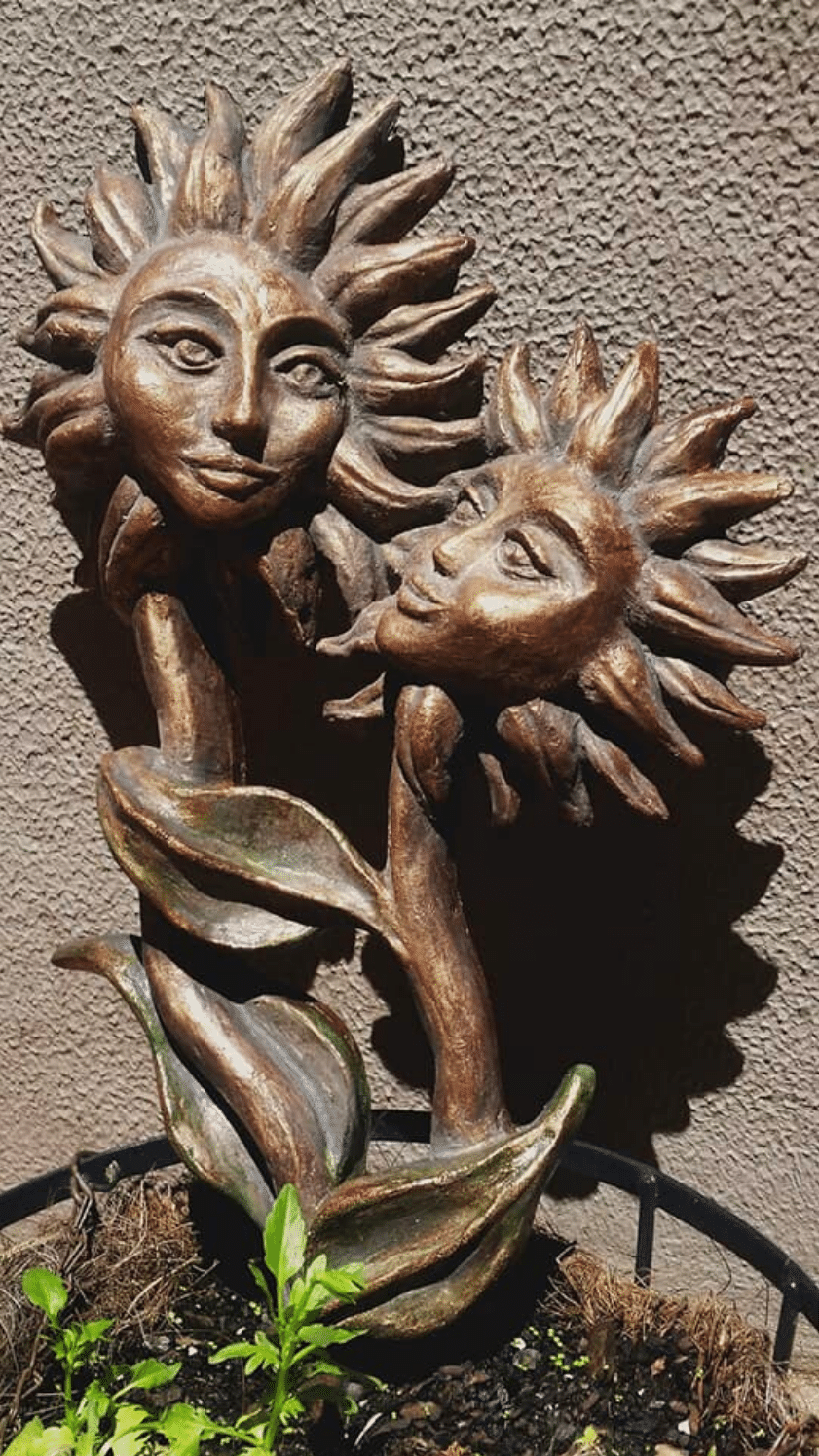
If you hadn’t become a compositor, you would be working as?
I have always found the idea of being an art therapist pretty amazing, working with people with disabilities and helping them express themselves through art. Growing up, I had a teacher that through art, really helped me believe in myself. If I could give that gift to others, that would be pretty wonderful.
Best advice you can give to someone who wants to become a compositor?
Networking is really important. Go to events and shows where you have the opportunity to meet and talk to people in the industry.
And finally, the Light side or Dark side?
The Dark side! Always seems to have more humour and charisma.
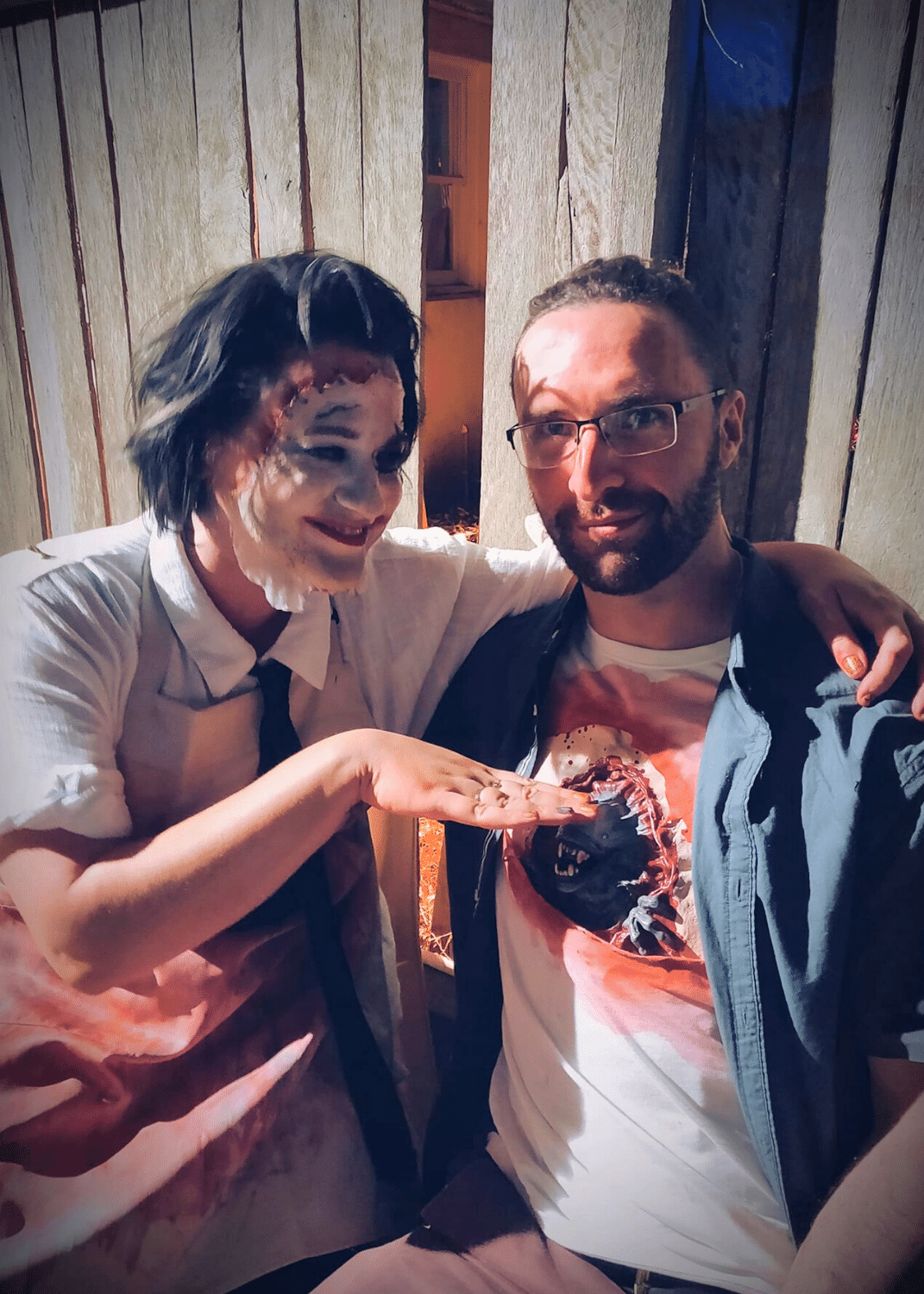
Head over to ILM’s YouTube channel to see their skills in action!
CONTACT
Luke Hetherington
Executive in Charge, Singapore & Sydney ILM Studios
